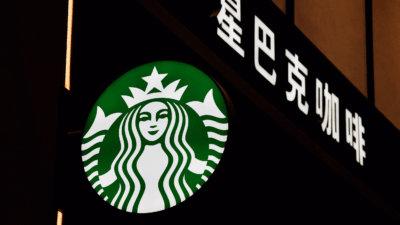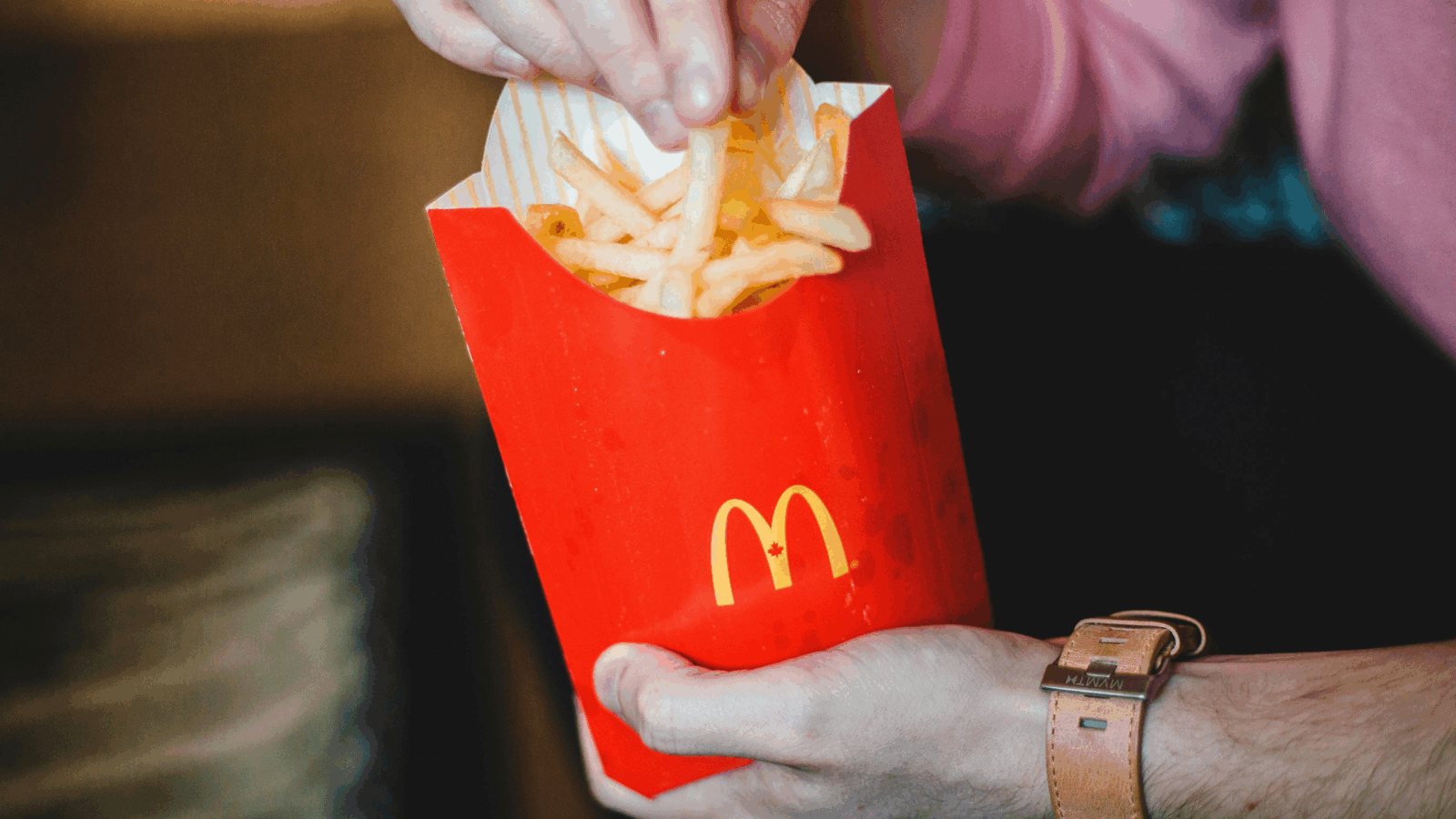Diamonds Come Under Even More Pressure from Sluggish China Demand
Anglo American is cutting back diamond production to try to hedge against China’s continued ambivalence toward the gemstones.

Sign up for smart news, insights, and analysis on the biggest financial stories of the day.
Diamonds can withstand just about anything… except consumer apathy.
China has seen a long-lasting depression in its luxury spending, and this is piling yet another straw on the back of the beleaguered diamond market. Anglo American, parent company to diamond giant De Beers, announced on Thursday that it’s cutting back diamond production to try to hedge against China’s continued ambivalence toward the gemstones.
Diamonds in the Rough
The diamond market is already in a really rough patch, so much so that Anglo American is actually trying to sell De Beers (while simultaneously dodging an acquisition from rival mining company BHP). Market pressures already squeezing the industry include a post-pandemic consumer backlash: Lockdowns saw a spike in diamond sales, but once you’ve got a diamond, you rarely need to replace it, so production overtook demand as consumers emerged back into the sunlight. Plus, lab-grown diamonds have been steadily chomping away at natural gems’ market share.
Now to top it all off, an overall downturn in China’s luxury shopping seems to be lasting longer than expected:
- A range of luxury brands including Hugo Boss, Burberry, and Swatch have all cited a weaker-than-expected market in China in their earnings this week, Business Insider reported. Swatch said it expects the drought to last through the end of the year.
- The Financial Times reported on Monday that big-name luxury brands including Versace and Burberry are offering discounts of as much as 50% to Chinese shoppers in a bid to win them back.
Ty Wilson, COO and cofounder at online jeweler CustomMade, told The Daily Upside that even though China’s cooling has lasted uncomfortably long, it’s still ultimately a short-term squeeze on the diamond market. “If demand pressure is coming from consumers switching from natural to lab diamonds, that’s more of a long-term concern for natural diamond mining and cutting,” he said.
Semiconductor-precious stones: If diamonds are losing their sheen as a consumer good, their industrial uses in the tech industry may give them a new lease on life. A New Scientist article published Tuesday says diamond semiconductor parts could help lessen the enormous energy load generative AI is due to put on the power grid. Unfortunately, and perhaps unsurprisingly, it’s not super commercially viable to manufacture the diamond parts at the moment. “I am hopeful that we will see diamond semiconductor solutions in the grid around 2035 with increased effort, and at the latest by 2050,” one researcher told New Scientist.











